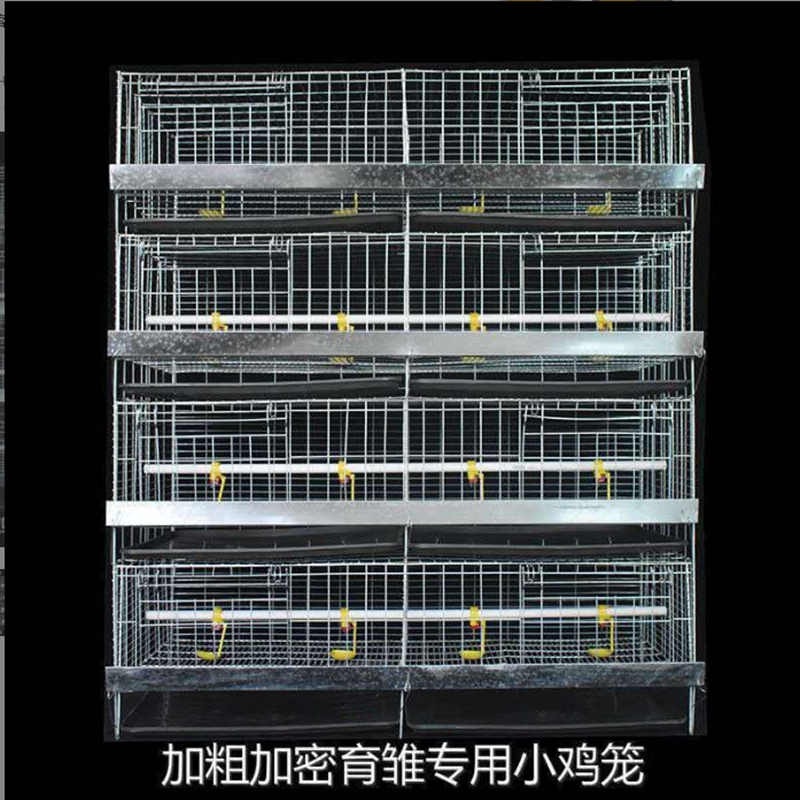Feed Pellet Production Equipment for Efficient Livestock Nutrition and Sustainable Farming Practices
ئۆكتەبىر . 21, 2024 20:36 Back to list
Feed Pellet Production Equipment for Efficient Livestock Nutrition and Sustainable Farming Practices
Understanding the Importance of Feed Mill Pellet Machines
The agricultural sector is constantly evolving, driven by the needs of an ever-growing global population and the pressing demand for quality animal feed. At the heart of this transformation lies the feed mill pellet machine, a pivotal technology that has revolutionized the production of animal feed. But what exactly is a feed mill pellet machine, and why is it so vital in current agricultural practices?
What is a Feed Mill Pellet Machine?
A feed mill pellet machine is a specialized piece of equipment designed to convert raw materials, such as grains, vegetables, and other feed ingredients, into compact pellets. This process involves grinding the raw materials into a fine powder, mixing them with additives and moisture, and then using high pressure and temperature to extrude the mixture into uniform pellets. These pellets are not only easier to store and handle but also provide enhanced nutritional value for livestock.
Benefits of Pelletized Feed
The advantages of using a feed mill pellet machine extend beyond just convenience
. Pelletized feed offers numerous benefits that improve livestock health and productivity1. Enhanced Nutritional Absorption Pellets are compact and dense, allowing animals to consume their feed more efficiently. Studies have shown that pelleted feed can improve the digestibility of nutrients, leading to better growth rates and overall health in livestock.
2. Reduced Feed Wastage Loose feed can often be scattered during feeding, leading to wastage and increased costs for farmers. In contrast, pellets are less likely to be wasted, helping to ensure that animals receive the full benefit of their feed. This efficiency is especially important in large-scale farming operations.
3. Improved Palatability Many animals prefer the taste and texture of pellets over traditional mash feed. This preference can result in higher feed intake, which is crucial for young or growing animals that require maximum nutrition for optimal health.
feed mill pellet machine

4. Disease Prevention The pelleting process often involves heat, which can help eliminate harmful pathogens and molds that may be present in raw feed ingredients. As a result, pelleted feed can reduce the risk of disease transmission among livestock, promoting healthier herds.
5. Convenience and Versatility Feed mill pellet machines can produce pellets in various sizes and compositions, catering to different species and growth stages of livestock. From poultry to cattle, these machines can be tailored to meet specific nutritional requirements.
The Role of Technology in Feed Production
Modern feed mill pellet machines are equipped with advanced technology that enhances their efficiency and effectiveness. Features such as automated control systems, energy-saving designs, and user-friendly interfaces allow for streamlined production processes. These advancements not only reduce labor costs but also improve the consistency and quality of the final product.
Sustainability Considerations
In today’s environmentally conscious world, the sustainability of animal feed production is a growing concern. Feed mill pellet machines contribute to sustainability by optimizing the use of ingredients and reducing waste. Furthermore, the ability to incorporate alternative feed sources, such as by-products from food production, can help decrease the environmental impact of feed production.
Conclusion
The feed mill pellet machine is an indispensable tool in the modern agricultural landscape. By enhancing the nutritional value of animal feed, reducing waste, and improving livestock health, these machines play a critical role in supporting efficient and sustainable farming practices. As technology continues to evolve, the impact of feed mill pellet machines will undoubtedly expand, enabling farmers to meet the challenges of feeding a growing population while simultaneously promoting animal welfare and environmental sustainability. Investing in such equipment is not just a choice, but a necessity for the future of agricultural productivity.
-
High Performance Exhaust Fan – Efficient Ventilation Solutions for Home
NewsJun.10,2025
-
High-Quality Gestation Pen for Sows Durable Mobile Pig Pen & Simple Pig Pen Solutions
NewsJun.10,2025
-
High Quality Rabbit Cage Double Tier Designs & Welded Wire Mesh Supplier
NewsJun.10,2025
-
Floating Fish Feed Machine - High Efficiency Floating Fish Feed Extruder for Small Scale Production
NewsJun.10,2025
-
Premium Poultry Housing Solutions Mobile & Commercial Free Range Options
NewsJun.10,2025
-
Industrial FRP Fans Corrosion-Resistant Blades & Centrifugal Systems
NewsJun.09,2025






